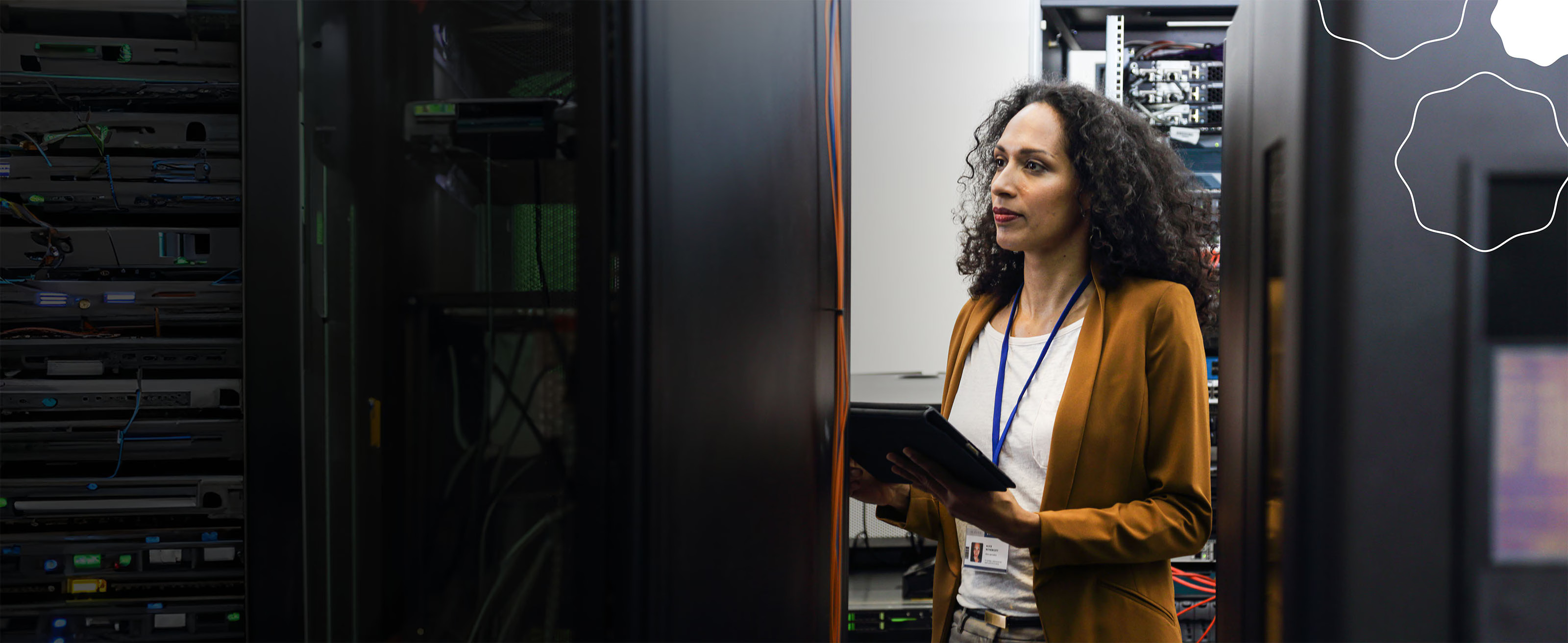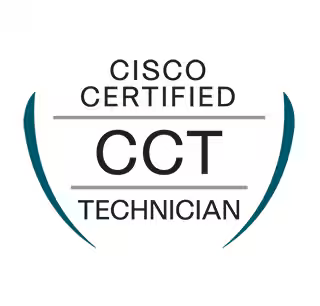
Cisco Certified Technician
Prove you have the skills to diagnose, restore, repair, and replace critical Cisco networking and system devices at customer sites. Get certified with a Cisco Certified Technician (CCT) concentration in collaboration, data center, or routing and switching.


